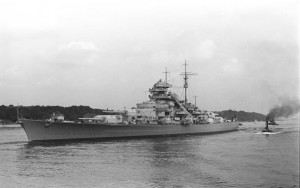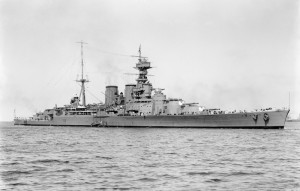72 days after the Argentinian forces invaded the Falkland Isles a ceasefire was declared on 14 June; the commander of the Argentine garrison in Stanley, Brigade General Mario Menéndez, surrendered to Major General Jeremy Moore the same day.
In the face of seemingly impossible distance and against a background of impending cuts to the Armed Forces, particularly the Royal Navy Britain put together and despatched a military Task Force, that sailed with 4 days of the invasion, to regain the dependency from the Argentine invaders.
225 British personnel, 649 Argentine personnel and 3 civilians died in the conflict, nearly 2,400 were wounded. 16 ships were lost, over 80 fixed wing aircraft and nearly 50 helicopters were downed.
It is said that senior officers are always ready to fight the last war and unprepared for the next. Could Britain today despatch and sustain a similar standalone Task Force - should it retain this capability in times of austerity -


